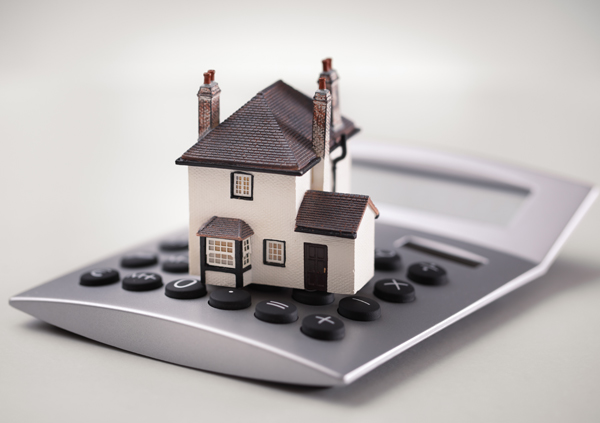Reverse Purchase Mortgage
While seniors have used reverse mortgages for years to turn the equity in their home into cash with no monthly payments, fairly recent legislation enacted by the U.S. Federal Housing Administration now allows seniors to get a reverse mortgage on a property they do not own yet. A reverse purchase loan is an FHA-insured home loan.
The Home Equity Conversion Mortgage (HECM) for Purchase was made four years ago by Congress to streamline the home buying process and cut costs. In the past, seniors had to buy a new home, pay closing costs, then take out a reverse mortgage on the new home with additional closing costs. The HECM for purchase, or reverse purchase, rolls this into a single transaction.

How an HECM for
Purchase Works
A reverse purchase loan allows borrowers 62 and older to buy a new primary home using the loan proceeds from a reverse mortgage. This program allows seniors to buy a new home and get a reverse mortgage in the same transaction, or allow senior homeowners to relocate to a new area or downsize to a new home.
The program allows using a reverse mortgage to buy a single-family home, condo or a small, multi-family residence. Most borrowers receive a fixed-rate, lump sum loan, which goes toward the purchase of the new home; although some choose to leave some proceeds in a line of credit for future use.

Down Payment Requirements
An HECM for Purchase does require a down payment. With a conventional reverse mortgage, the loan proceeds are based on the home's equity. With a new reverse purchase, there is no equity, because the home is not owned yet. There must be equity to cover accrued interest on the loan; however, so an HECM for Purchase usually requires paying around 50% of the home's sale price in cash.
This down payment may be paid from savings, the sale of a first home, or a gift.
Regardless of how long the borrower stays in the home or what happens to the property's value, the borrower makes a single, one-time investment in the form of this down payment toward the purchase.

Ways to Take Out an
HECM Reverse Mortgage
There are three ways for seniors to buy a new home with an HECM reverse mortgage.
- Paying all-cash for the new home and then obtaining a reverse mortgage. This is the simplest option and the HECM will replace some of the assets liquidated to buy the home.
- Buying with a forward mortgage, then repaying with a reverse mortgage. Before the HECM was created, seniors who wanted to buy a new home, but could not afford to pay all in cash, had to take out a regular mortgage and then repay it with a reverse mortgage. This option has several disadvantages, as the senior must qualify for the regular mortgage and pay closing costs on two loans.
- Buy with a reverse mortgage. This option allows seniors to buy a new home and take out an HECM reverse mortgage at the same time with one set of closing costs. The senior does not need to be a current homeowner, but he or she must have the ability to pay the difference between the sale price and closing costs and the maximum amount they can draw on the loan.

EXAMPLE OF A REVERSE PURCHASE LOAN
- John is 71 and wants to live closer to his family. His current home is valued at $300,000 and the purchase price is also $300,000. He does not want to pay monthly mortgage payments.
- John uses the proceeds from a HECM for Purchase Loan of $162,600 and makes his down payment of $152,273 to close the loan and purchase his new home. He will have no monthly mortgage payments.

